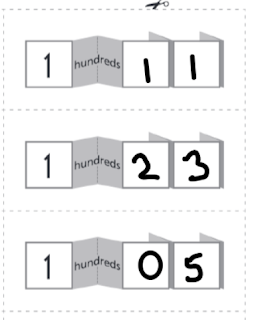Video Length 22 min.
This Three-Act Task comes from Graham Fletcher at
www.gfletchy.com
This was given over two days. Act 1 was a half an hour on day one. Acts 2 & 3 were a half hour on day two. I'm still working on how to fine tune the process!
Thanks to Mr. Hively for loaning out his classroom!

Please comment, share, and ask questions by commenting below. You can even click on a reaction under the post. Watch with your team, a coach, or in the comfort of your own home.
Three-Act Task Recording Sheet
Some questions to ponder and respond to in the comment section:
- What do you want to make sure to remember about the video?
- What might you want to try in your classroom?
- Did it reaffirm any of your practices?
- If this is similar to your structure, do you have anything to add?
- Are there pieces you would like to see more in depth?
- What questions do you have?
Observation Norms for the Blog:
- · Take a learning stance. We are not here to compare/compete/judge.
- · Maintain a positive attitude and respect for the teacher.
- · Ask questions and share ideas.
- · Remember, anything you post will be seen by all.

















































